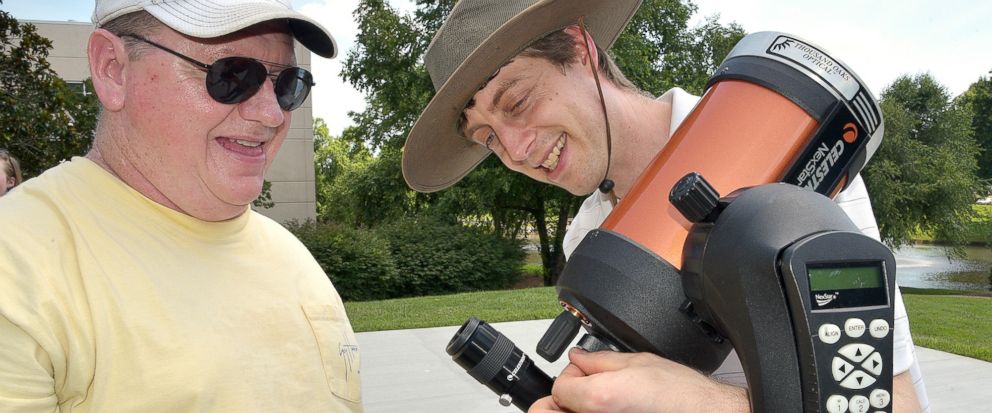Six months. Six months until the grandest show in the heavens returns: the total solar eclipse on Aug. 21. There have been plenty of lunar eclipses and partial solar eclipses in the United States this century, but there has not been a total solar eclipse to touch the mainland of America since 1979. Professional astronomers, amateur star gazers and even casual watchers of the sky are getting excited. So should you.
Here’s what will happen Aug. 21, 2017
Although the exact timing of the eclipse will vary depending on your location, one thing is for sure: On Monday, Aug. 21, the moon will slide in front of the sun. Minute-by-minute, it will block more and more of the sun’s disc, creating an ever-increasing partial solar eclipse. After about 90 minutes, the sun will still shine brightly but will be diminished to a crescent shape. After about another 90 minutes, the sun will slowly return to normal and the eclipse will be over.
Here’s what will happen Aug. 21, 2017
Although the exact timing of the eclipse will vary depending on your location, one thing is for sure: On Monday, Aug. 21, the moon will slide in front of the sun. Minute-by-minute, it will block more and more of the sun’s disc, creating an ever-increasing partial solar eclipse. After about 90 minutes, the sun will still shine brightly but will be diminished to a crescent shape. After about another 90 minutes, the sun will slowly return to normal and the eclipse will be over.



